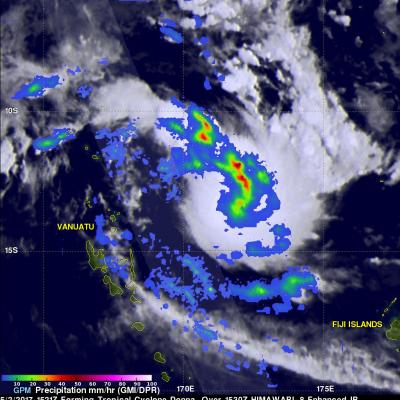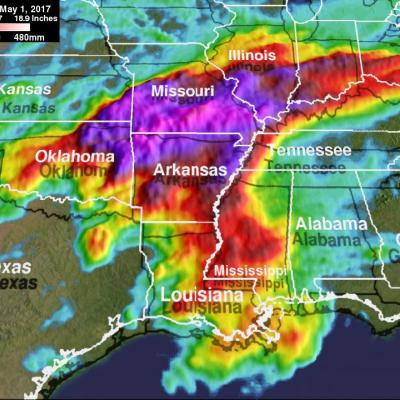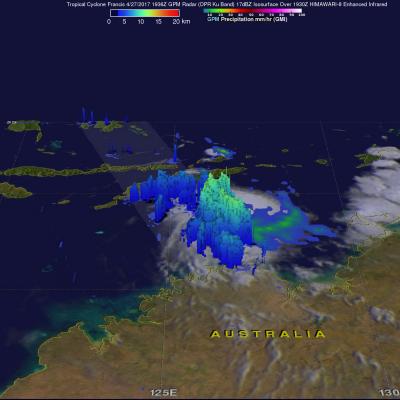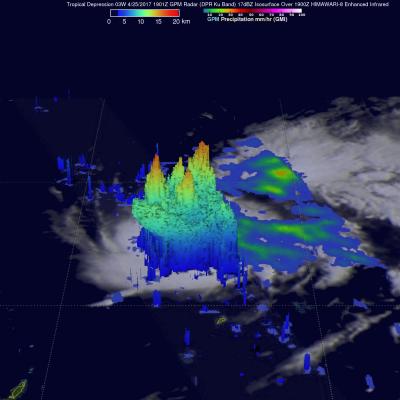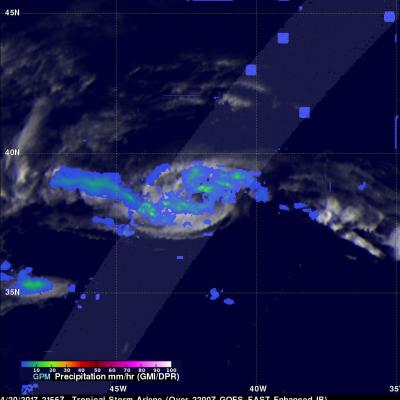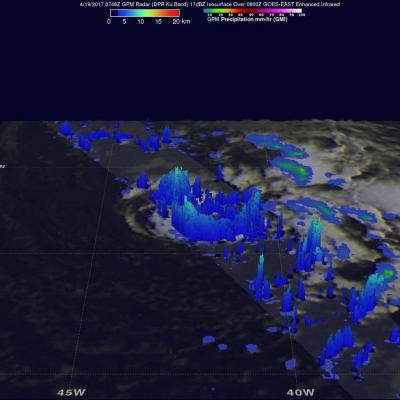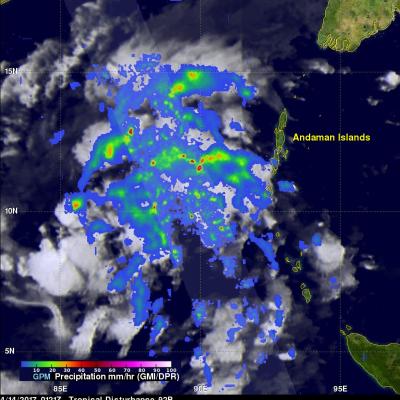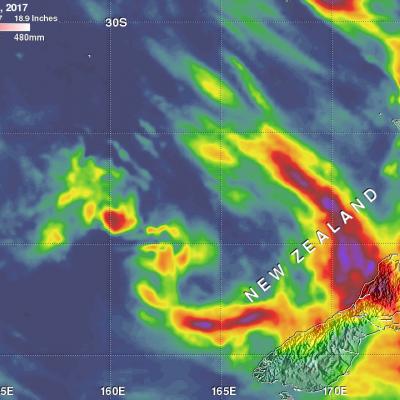Start of V05A NRT Swath Products
Effective approximately 04:00 UTC, 9 May 2017 the near-realtime swath products (GMI, partner constellation, radar and combined) will be upgraded from V04 to V05. During the conversion the latency of near-realtime will be affected as all the new code and support files need to be modified to carry out this upgrade. We hope this will take no more than 2 hours but can not guarantee it might not be longer. We will start with the upgrade of radar products, followed as quickly as possible by GMI and then the partner constellation products. We are starting with the radar as this requires close


